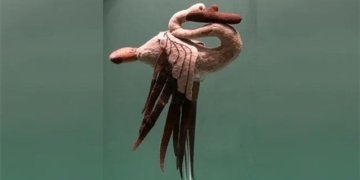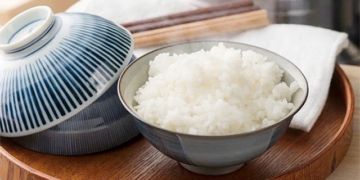American scientists have recently invented a new type of natural light source that has the potential to replace traditional incandescent bulbs.
This organic light-emitting diode (OLED) can emit a bright white light when connected to a power source.
The material, described in the journal Nature, can be printed onto thin wafer panels and could transform walls, ceilings, and even furniture into light sources.
Unlike conventional incandescent bulbs, OLED lights do not emit heat, making them more energy-efficient and durable.
Professor Mark Thompson from the University of Southern California, one of the authors of the research, stated: “http://www.nhandan.com.vn/tinbai/?top=41&sub=72&article=59356”.
Traditional incandescent bulbs were invented over 130 years ago. Since then, the fundamental principle of light generation has remained largely unchanged, although the designs have evolved slightly. An electric current runs through a tungsten filament, heating it up and producing a hot white light.
Currently, over 20% of the electricity used in buildings across the United States is consumed for lighting, with nearly half of that used for traditional incandescent bulbs.
For a long time, scientists have aimed to find solutions to reduce this enormous energy demand. They have been exploring the properties of carbon-based polymer materials to create white light. OLEDs have previously been used in some mobile phone screens and MP3 players.
However, until now, it has not been possible to manufacture OLEDs capable of producing enough light to illuminate a room.
To create a new material, scientists developed ultra-thin plastic layers coated with green, red, and blue dyes. When an electric current passes through these layers, they work together to produce white light.
Previous attempts to create OLEDs of this kind failed due to the low durability of the blue phosphorescent dye. The new polymer utilizes a more durable blue fluorescent material that also consumes less energy.
Scientists believe that this new material could potentially achieve 100% efficiency, meaning it could convert all electrical energy into light without loss through heat, unlike traditional incandescent bulbs.
This new material can also be printed onto glass or plastic, theoretically allowing for the creation of large lighting areas at relatively low costs.
However, before this becomes a reality, scientists need to find a way to encapsulate the LEDs to prevent moisture from damaging the fragile materials, which would affect the longevity of the lights. If this barrier is overcome, the new polymer could become the preferred material for lighting that is both aesthetically pleasing and environmentally friendly.
The research team includes members from Princeton University, the University of Southern California, and the University of Michigan.




















































